In the world of oral care innovation, the Wireless Charging Toothbrush IPX7 has become a popular offering for its waterproof integrity and user convenience. However, an increasing number of OEM/ODM buyers are raising concerns about material toxicity, especially during long-term use or under high-temperature exposure conditions. Is this a manageable risk—or a hidden compliance issue waiting to surface?
An IPX7-rated wireless charging toothbrush is designed to withstand immersion in water up to 1 meter for 30 minutes. It offers:
While this rating ensures water protection, it doesn’t automatically certify chemical safety or material stability under prolonged exposure to moisture and heat.
Material toxicity refers to the potential release of harmful substances from product components such as:
In the context of electric toothbrushes, toxicity concerns rise when these materials degrade under temperature changes, UV exposure, or mechanical stress—conditions frequently present in bathrooms.
Interestingly, IPX7 sealing—while excellent for waterproofing—can sometimes trap heat and moisture inside the unit. When combined with wireless charging (which generates localized warmth), this environment may accelerate:
As a result, trace chemical emissions could be released, especially if non-medical grade materials are used during production. Company web: https://www.powsmart.com/product/electric-toothbrush/
Whether the Wireless Charging Toothbrush IPX7 releases toxic elements depends on a few critical design and manufacturing factors:
OEMs that fail to standardize around these variables risk triggering safety recalls or export compliance issues.
B2B buyers should demand robust documentation and testing at the component level, including:
Additionally, requesting a sample aging study—where toothbrushes are stored under simulated bathroom conditions—can reveal long-term material behavior.
As health-conscious consumers drive market standards higher, brands that invest in non-toxic, medical-grade materials will gain a competitive edge. Trends to watch include:
More importantly, integrating these features into OEM/ODM proposals will build long-term buyer trust and brand resilience.
While the Wireless Charging Toothbrush IPX7 offers functional waterproofing and modern convenience, it does not inherently guarantee protection against material toxicity. As a B2B partner, verifying supply chain integrity, testing protocols, and material certifications is essential. Doing so not only safeguards the end-user but also ensures your brand meets evolving safety and sustainability expectations in the global market. Contact us
-300x300.jpg)
-300x300.jpg)
Bristle Hardening Inducing Gum Recession – Brushing or Destroying?
How to Fix Charging Failure Plus Handle Cracking?

Electric Toothbrush + Water Flosser Combination: How Can Brand Owners Enhance Competitiveness Through This Bundle?

IPX7 Waterproof Electric Toothbrush Manufacturing for Kids & Adults
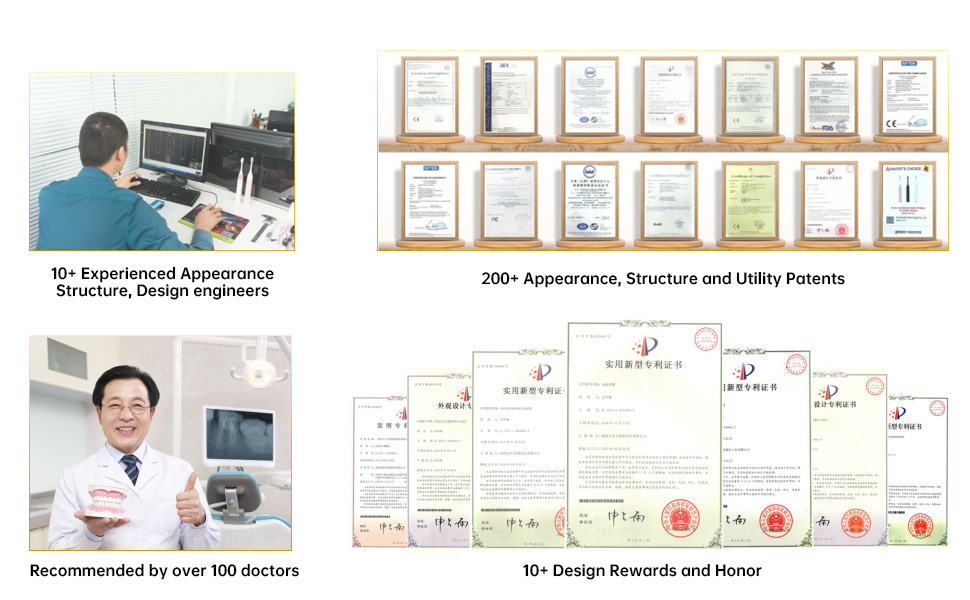
Why Is the Anti-Swallow Structure in Powsmart Toddler Toothbrush Design Pediatrician-Recommended?
Gum Bleeding from Enamel Scratches – Time to Panic?
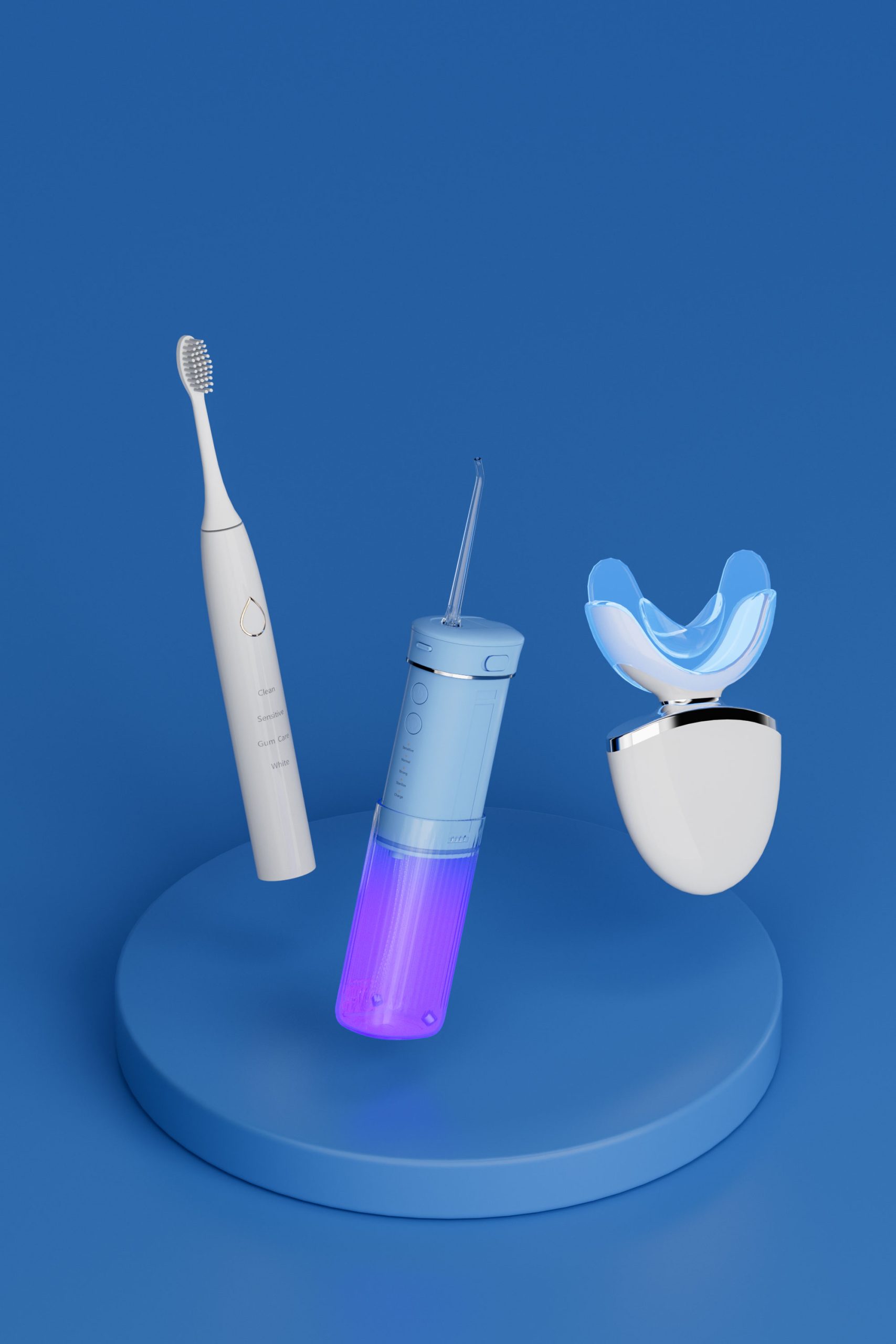
About Powsmart
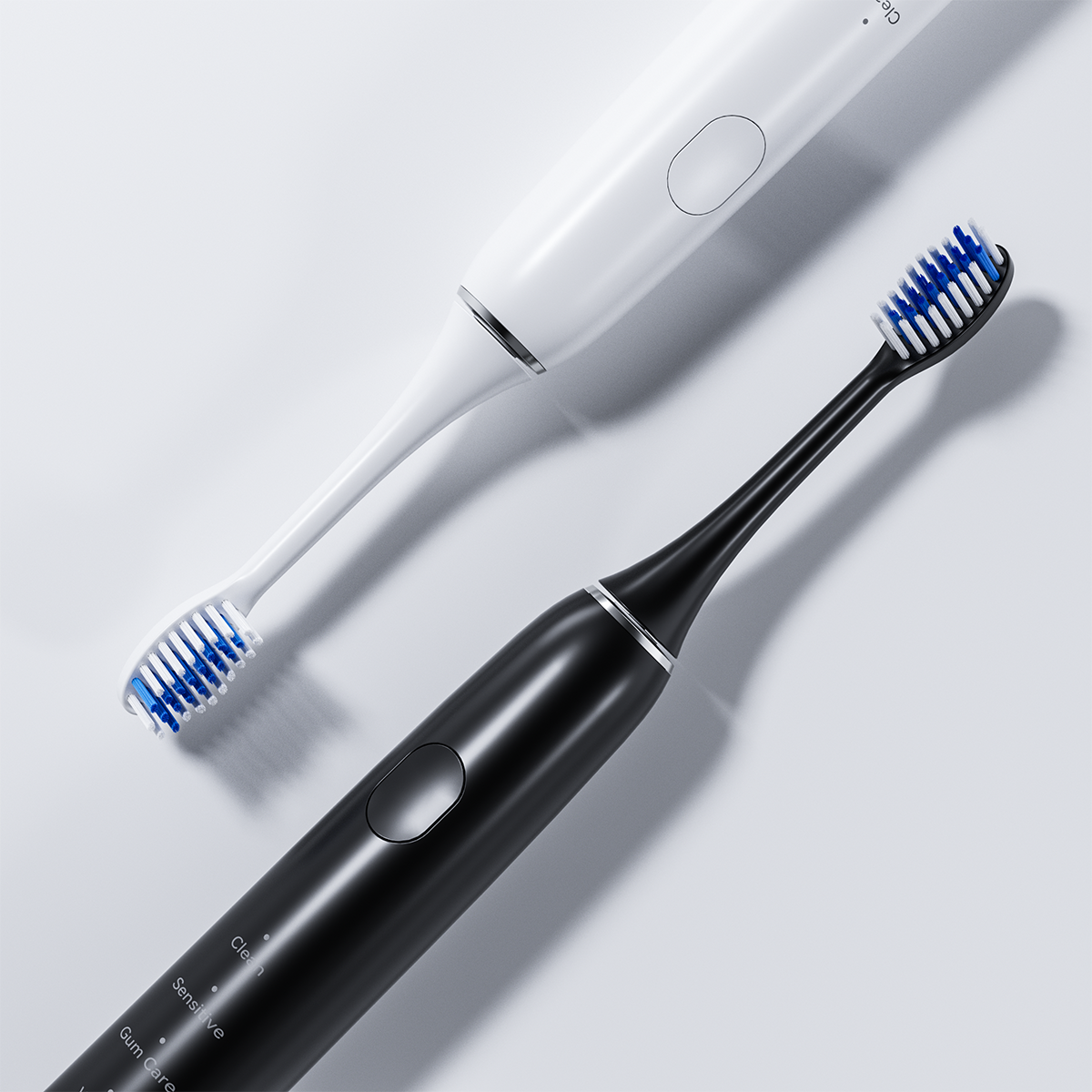
Magnetic Levitation Toothbrush Factory: Premium OEM Services
Motor Overheating alongside Device Overheating – Double Danger?
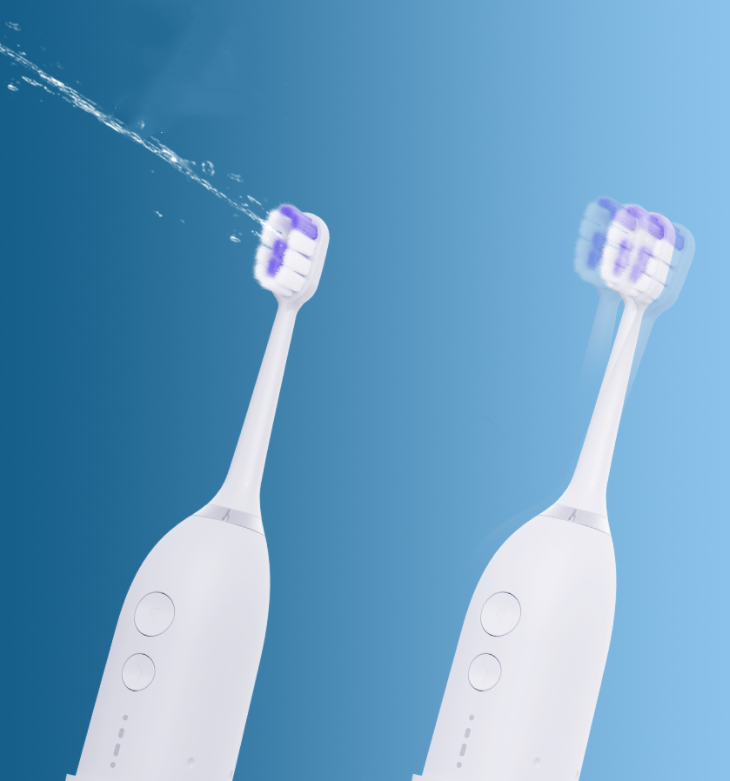
Water Flosser Toothbrush Combo: 2-in-1 Oral Care Solution
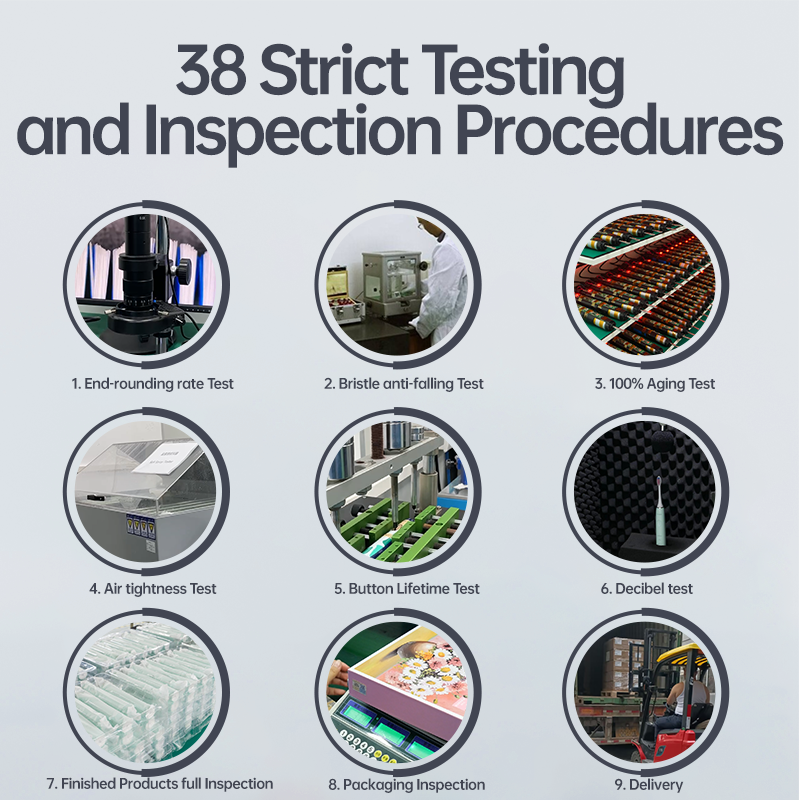
Does Bacteria Killing Ultrasonic Brush Grow Reservoir Mold?

electric toothbrush factory evaluation standards- 5 Must-Read Criteria for Brand Owners
Contact POWSMART
Is Tooth Sensitivity with Enamel Erosion Whitening’s Side Effect?

Does POWSMART Multi-Function Toothbrush Cause User Adaptation Struggles?
Can You Tolerate Brush Head Wobble with Battery Swelling?

electric toothbrush heads Regular Clean

electric toothbrush heads Charcoal Infuse-Round

Private Label Whitening Gel

Customization Teeth Whitening Gel

electric toothbrush heads Deep Clean

electric toothbrush heads Ultra Soft
.jpg)
Florida Electric Toothbrush – Powsmart PTR-C8

Electric toothbrush heads Charcoal Infused-Diamond
whstapp
whstapp
National Toll-Free Service Hotline
+86 755 86238638